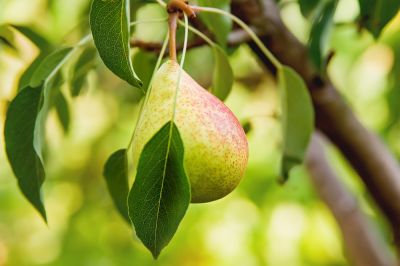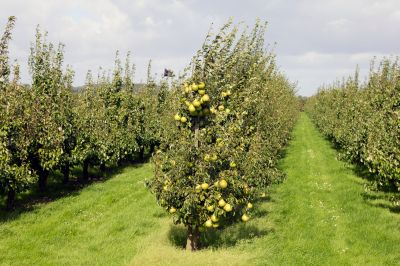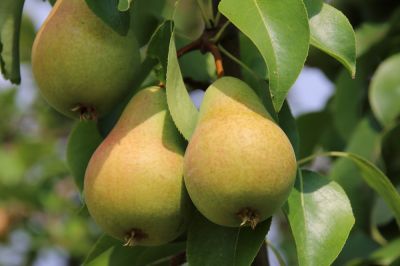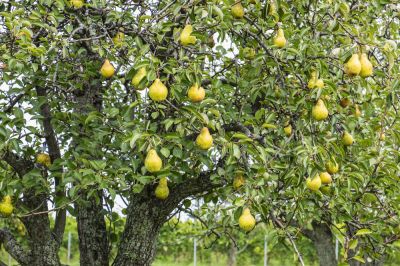Professional Pear Tree Trimming
Pear tree trimming is an essential practice to maintain the health, productivity, and appearance of pear trees. Proper trimming removes dead, damaged, or overcrowded branches, allowing better sunlight penetration and air circulation, which are critical for healthy growth and fruit development. Skilled trimming also helps shape the tree, making it easier to harvest and reducing the risk of branch breakage under heavy fruit loads. Professional pear tree trimming minimizes the chance of disease and pest infestations by eliminating vulnerable areas. Regular care ensures the longevity of the tree and enhances its overall aesthetic appeal in any landscape or orchard setting.
✂️ Promotes Healthy Growth
Trimming pear trees encourages vigorous new growth by removing weak or damaged branches. This process helps the tree focus its energy on producing strong shoots and healthy foliage. Removing crowded branches improves airflow and reduces the risk of fungal infections and other diseases. Healthy growth also supports a more abundant fruit yield in the coming seasons. By managing growth effectively, the tree maintains a balanced and robust structure.
🍐 Enhances Fruit Quality
Proper pruning helps improve the size, flavor, and overall quality of pears by directing the tree’s energy toward fruit production. Thinning crowded branches allows sunlight to reach more fruit clusters, aiding in better ripening. This results in juicier, sweeter pears with fewer defects. Additionally, trimming helps reduce the number of small, underdeveloped fruits, ensuring the tree focuses on producing high-quality harvests. Better fruit quality translates into greater satisfaction for gardeners and consumers alike.
🌳 Improves Tree Structure
Trimming pear trees helps develop and maintain a strong, well-balanced branch framework that supports fruit weight and withstands wind or storms. Removing weak or competing branches prevents breakage and structural damage. This care is especially important for young trees to establish a solid foundation for future growth. A strong structure also makes it easier to manage the tree and harvest fruit safely. Proper trimming promotes longevity and resilience in pear trees.
🛡️ Reduces Disease and Pest Risks
Removing dead or diseased branches limits the spread of pathogens and insect infestations that commonly affect pear trees. Improved airflow and sunlight penetration through trimming also create less favorable conditions for fungal growth. Regular maintenance pruning allows early detection and treatment of potential health issues. This proactive approach helps preserve tree vitality and reduces the need for chemical interventions. Healthy trees are better equipped to resist environmental stresses and pest attacks.
🌿 Enhances Aesthetic Appeal
Well-maintained pear trees contribute to the beauty and curb appeal of any garden or orchard. Trimming shapes the tree into an attractive form, highlighting its natural characteristics. Removing unsightly deadwood and overcrowded branches creates a clean, tidy appearance. This attention to detail not only improves the landscape but also increases property value. A visually pleasing tree enhances enjoyment of outdoor spaces.
🛠️ Facilitates Easier Maintenance
Regular trimming makes ongoing tree care and fruit harvesting safer and more manageable. By keeping the tree at a manageable size and shape, pruning reduces the need for ladders or specialized equipment. It also minimizes debris accumulation from fallen branches or fruit, simplifying cleanup. Easier maintenance saves time and effort for gardeners and professionals alike. This efficiency encourages consistent care, supporting the tree’s long-term health.
Our Service
📞 Get contacted by local pros
⚡ Get quick and convenient quotes
✅ You choose the best deal
🔧 Have local contractors do the work for you
Ready to improve the health and productivity of your pear trees? Fill out the contact form today to request professional pear tree trimming service tailored to your needs and enjoy a thriving, beautiful landscape.







